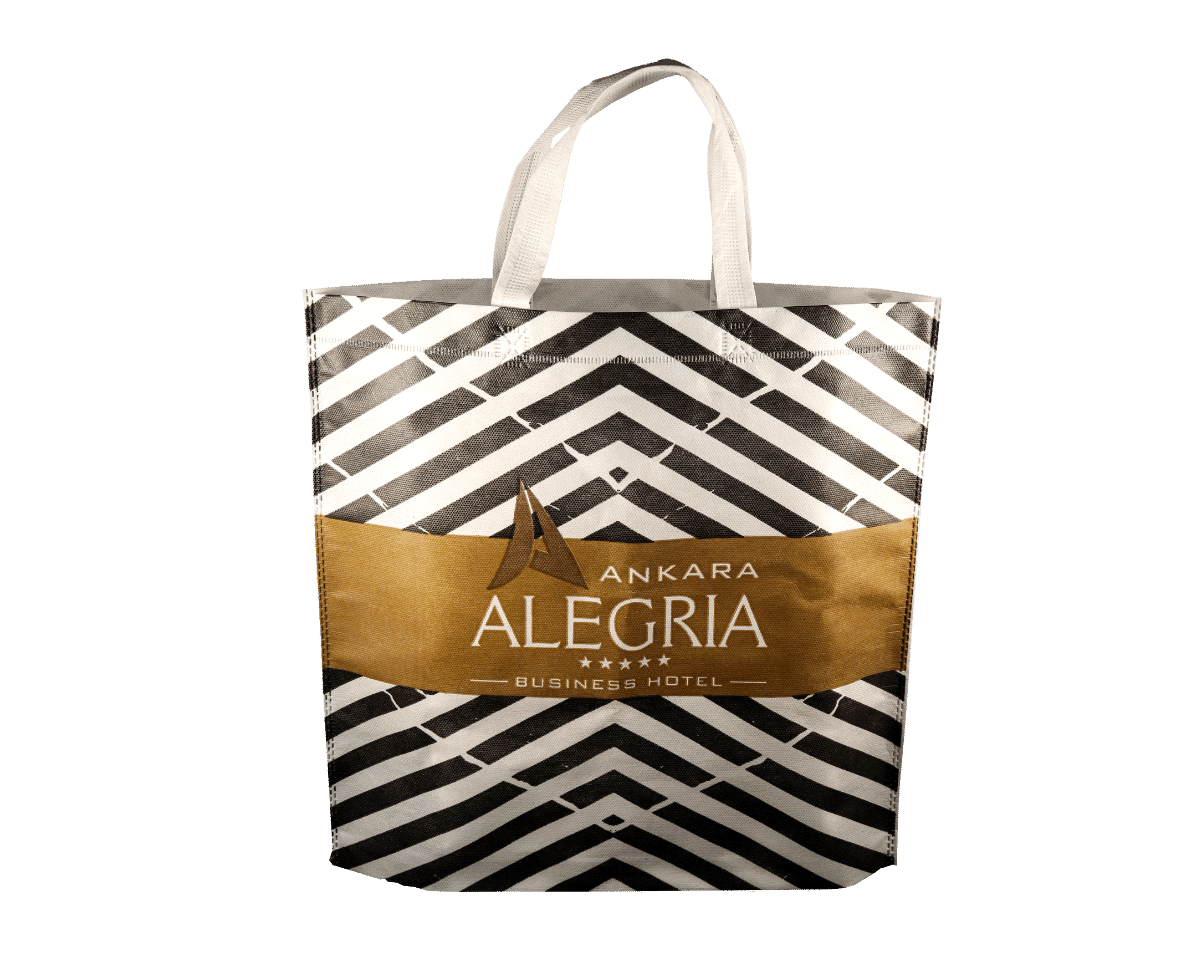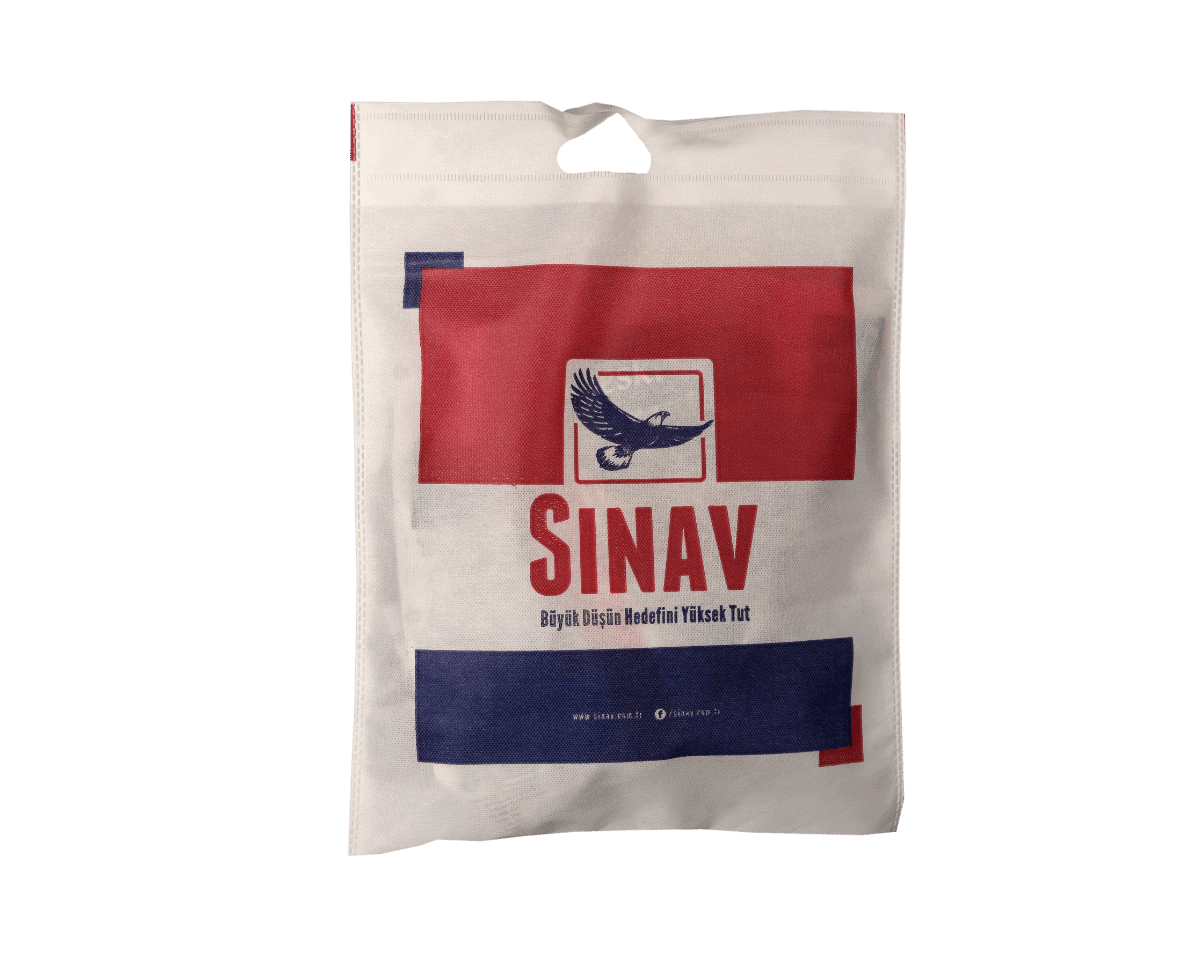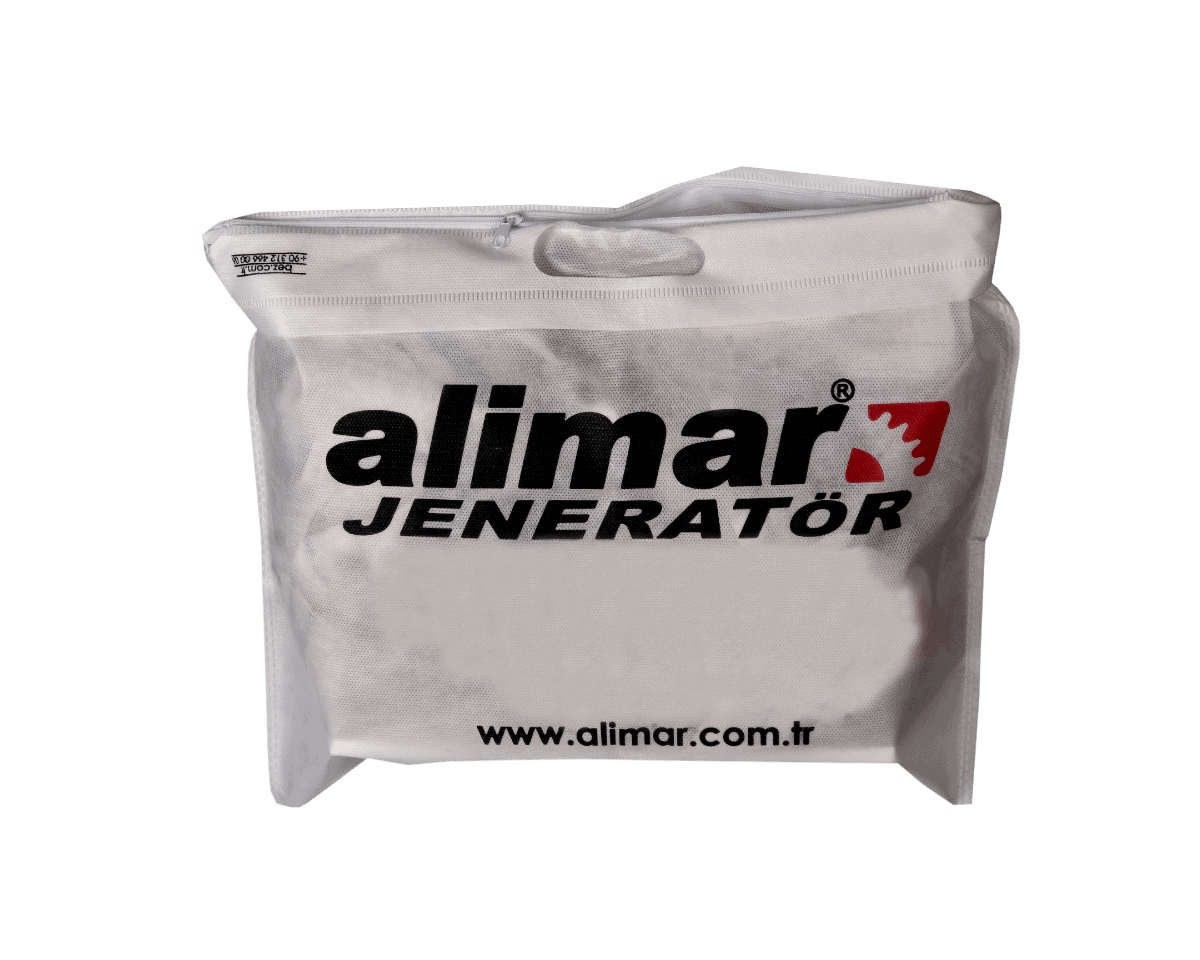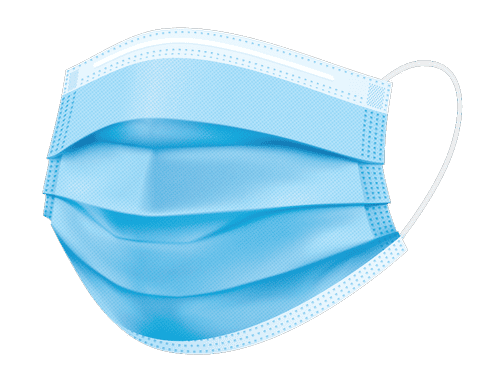
Types of Non-Woven Bag Printing Techniques
January 28, 2025
Advertising Tool Feature of Non-Woven Bags
January 28, 2025Types of Non-Woven Bag Materials have become a popular and sustainable alternative to traditional fabric and plastic bags. With the growing demand for eco-friendly products, types of non-woven totebag materials are increasingly used for a variety of applications, including shopping, promotions, and packaging.
These bags are made from synthetic or natural fibers that are bonded together using mechanical, chemical, or heat processes, instead of being woven or knitted. One of the reasons for their popularity is the variety of materials used in their production, each offering different benefits, such as durability, eco-friendliness, and cost-effectiveness. This article explores the different types of non-woven bag materials, their characteristics, and the advantages they offer.
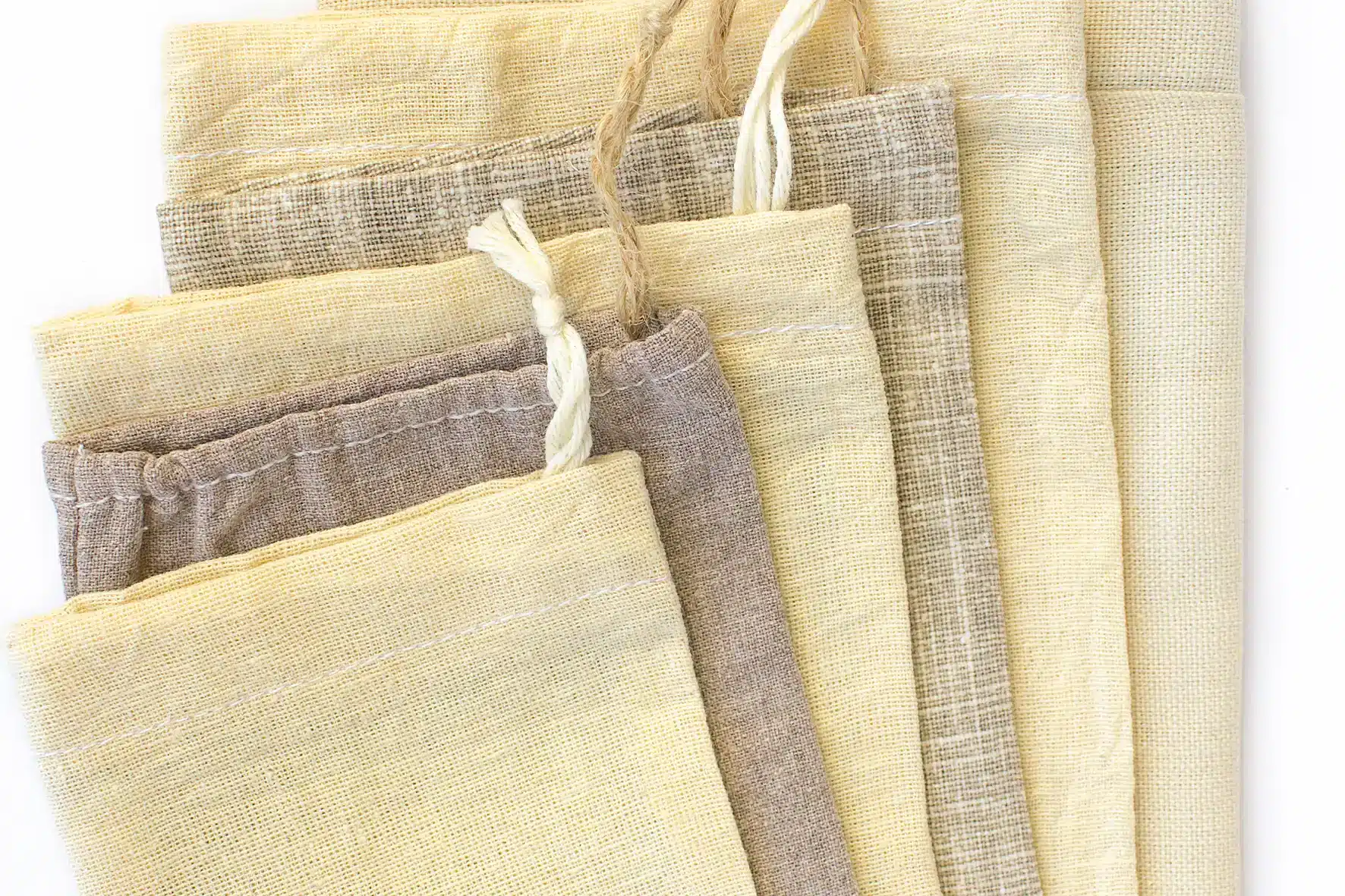
Polypropylene (PP) Non-Woven Bags
Polypropylene (PP) is the most commonly used material for non-woven bags. This synthetic polymer is produced through a process called melt-blown or spun-bonding, where polypropylene fibers are fused together without the use of any weaving or knitting. The result is a strong, durable fabric with a variety of uses in the production of bags.
Characteristics: • Lightweight: PP bags are lightweight, making them easy to carry and store. • Durability: These bags are resistant to tears, stretching, and abrasion, making them highly durable. • Customizability: PP non-woven bags can be printed with custom logos, designs, and promotional messages, making them popular in retail and branding. • Water-Resistant: While not fully waterproof, PP bags offer a level of water resistance that helps protect contents from light moisture.
Advantages: • Cost-Effective: Polypropylene is inexpensive to produce, which helps reduce the cost of manufacturing types of non-woven bag materials. • Reusable: These bags are reusable, making them an environmentally friendly alternative to disposable plastic bags. • Versatile: PP non-woven bags come in a wide range of colors, sizes, and designs, making them suitable for a variety of applications, from shopping bags to promotional giveaways.
Polypropylene non-woven bags are ideal for everyday use and are commonly found in retail stores, grocery shops, and promotional events. Their durability and lightweight nature make them a popular choice for both consumers and businesses.
Polyethylene (PE) Non-Woven Bags
Polyethylene (PE) is another synthetic material used to create types of non-woven bag materials. Polyethylene non-woven bags are made by bonding fibers through chemical, thermal, or mechanical methods. This material is often used for bags that require a higher level of water resistance.
Characteristics: • Waterproof: PE non-woven bags are more waterproof than polypropylene bags, making them ideal for carrying items that need extra protection from rain or moisture. • Flexible: Polyethylene fibers are flexible, making the bags soft and pliable while still maintaining strength. • Lightweight: Like PP bags, PE bags are lightweight and easy to carry, contributing to their popularity in packaging and retail.
Advantages: • Enhanced Water Resistance: PE bags are excellent for outdoor use, particularly in wet conditions where added moisture protection is needed. • Eco-Friendly: PE bags can be made from recycled polyethylene, offering a more sustainable alternative to single-use plastic bags. • Durable: PE non-woven bags are strong enough to carry a variety of items without easily tearing or stretching.
Polyethylene non-woven bags are often used for products that are sensitive to moisture, such as electronics, cosmetics, and food packaging. They offer a good balance of durability, flexibility, and water resistance, making them a versatile option for a range of industries.
Recycled Non-Woven Bags
Recycled non-woven bags are made from post-consumer plastic waste, often using recycled polypropylene or polyethylene materials. These types of non-woven bag materials provide an environmentally friendly alternative to virgin plastic bags and help reduce the amount of plastic waste in landfills.
Characteristics: • Sustainable: Using recycled materials reduces the demand for new raw materials and helps conserve resources. • Durable: Recycled non-woven bags retain much of the strength and durability of bags made from virgin polypropylene or polyethylene, offering a reliable solution for carrying goods. • Eco-Friendly: These bags contribute to a circular economy by repurposing plastic waste into useful products.
Advantages: • Reduced Environmental Impact: By utilizing recycled plastic, businesses can reduce their environmental footprint and promote sustainability. • Cost-Effective: Recycled non-woven bags are often less expensive to produce than bags made from virgin materials. • Branding Opportunities: Companies that use recycled materials can market their products as eco-friendly, appealing to environmentally-conscious consumers.
Cotton Non-Woven Bags
Cotton non-woven bags are made from natural cotton fibers that are bonded together using mechanical or chemical processes. These types of non-woven bag materials are eco-friendly and offer a natural alternative to synthetic fabrics.
Characteristics: • Natural Material: Cotton is a renewable, biodegradable, and sustainable material. • Soft Texture: These bags are soft to the touch and have a natural feel, which adds to their appeal in certain markets, such as high-end retail or luxury products. • Breathable: Cotton is naturally breathable, which can be advantageous for certain applications, such as packaging perishable goods like fruits or vegetables.
Advantages: • Eco-Friendly: Cotton is biodegradable, making it a more sustainable option compared to synthetic materials. • Durability: Cotton non-woven bags are sturdy and can last for many uses. • Versatility: These bags can be used for a wide range of purposes, including shopping, retail packaging, and as promotional items.
Conclusion
Types of Non-Woven Bag Materials are available in a variety of options, each offering unique characteristics that cater to different needs and applications. From synthetic materials like polypropylene and polyethylene to natural fibers such as cotton and bamboo, businesses can choose from a range of types of non-woven bag materials to create eco-friendly, durable, and functional products. By understanding the benefits of each type, companies can make informed decisions that align with their sustainability goals while offering quality products to their customers.

